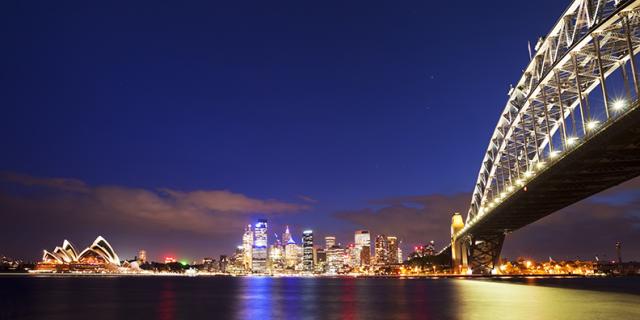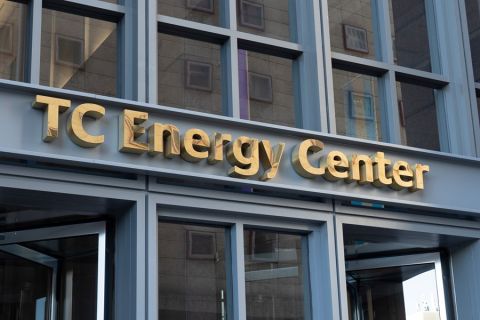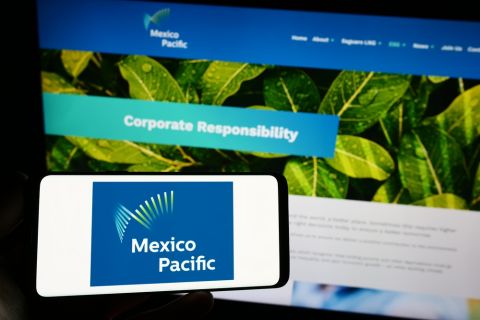
Australia has declared an energy emergency as it finds itself confronting the astonishing paradox of fast becoming the world’s number one exporter of LNG while a gas famine on its own shores threatens imminent blackouts that could cripple industry.
Revelations that Australia is hurtling towards chronic gas shortages and power outages within a year led to a crisis meeting between Prime Minister Malcom Turnbull and captains of the oil and gas industry in Canberra March 15 in a bid to find solutions to ward off the catastrophe.
By the close of the decade, Australia’s 10 LNG plants, including eight new post-2010 megaprojects, are set to accelerate the country onto the front row grid as the world’s No.1 LNG exporter. However, the volume of domestic gas, primarily from the states of Queensland and South Australia, diverted to Gladstone to fill cargo ships operating from the three new east coast coal seam gas (CSG)-to-LNG export terminals has surged from 2.3petajoules in the December 2015 quarter to 24 petajoules last year.
Australia is now exporting twice as much gas to Asia as it consumes locally and struggling to meet domestic demands as it honors long-term supply contracts to Asian buyers.
Turnbull and the gas executives have been singing off the same hymn sheet in condemning the Victoria and New South Wales states for bans on onshore drilling and exploration and coal seam gas operations respectively. Both the Federal government and the oil and gas corporates are adamant that these moratoriums have to be lifted fast to avert an energy crisis threatening to buckle the Australian economy.
“We are facing an energy crisis because of this restriction on gas,” Turnbull said at a recent AFR Business Summit in Sydney. “What we have now is a scarcity of gas driven by politics, because state governments are not allowing exploration and development of onshore gas.”
South Australia, which has already suffered blackouts in the third quarter of 2016, jumped the gun on today’s meeting by announcing a controversial, go it alone $550 million plan that threatened to put the state’s energy needs ahead of the national interest, in contravention of the National Electricity Market agreement established 20 years ago.
South Australia Premier Jay Weatherill said the plan would offer farmers 10% of royalties for gas extracted on their land, construction of a new $360 million gas fired power station and the construction of a 100 megawatt battery storage facility for renewable power.
Turnbull has been outspoken in his criticism of Victoria, New South Wales, and South Australia, describing Australia’s vast gas resources as plentiful and blaming stifling regulations and unrealistic renewable energy plans for the looming crisis.
The gravity of the situation confronting Australia was reflected in a statement by Cargill, one of the world’s largest food and agricultural companies, saying planned expansion in Australia was threatened by a spike in gas costs as a result of the crisis that could easily double energy bills.
The company revealed that its New South Wales operations faced a 20% to 25% increase in gas prices and 50% in electricity costs within the next 12 months and said uncertainty in supply and expected increases impacted international competitiveness and curtailed Australian expansion.
Turnbull has left no doubt over who he deems responsible for the debacle and which sector holds the key to a solution: “Unfortunately state and territory bans are putting at risk thousands of jobs by stopping the development of our gas reserves even by conventional means, the only sustainable way to guarantee affordable gas reserves is through the responsible development of our gas,” the Prime Minister said.
Recommended Reading
Humble Midstream II, Quantum Capital Form Partnership for Infrastructure Projects
2024-01-30 - Humble Midstream II Partners and Quantum Capital Group’s partnership will promote a focus on energy transition infrastructure.
TC Energy Appoints Sean O’Donnell as Executive VP, CFO
2024-04-03 - Prior to joining TC Energy, O’Donnell worked with Quantum Capital Group for 13 years as an operating partner and served on the firm’s investment committee.
Mexico Pacific Appoints New CEO Bairstow
2024-04-15 - Sarah Bairstow joined Mexico Pacific Ltd. in 2019 and is assuming the CEO role following Ivan Van der Walt’s resignation.
Greenbacker Names New CFO, Adds Heads of Infrastructure, Capital Markets
2024-02-02 - Christopher Smith will serve as Greenbacker’s new CFO, and the power and renewable energy asset manager also added positions to head its infrastructure and capital markets efforts.
enCore Energy Appoints Robert Willette as Chief Legal Officer
2024-02-01 - enCore Energy’s new chief legal officer Robert Willette has over 29 years of corporate legal experience.






